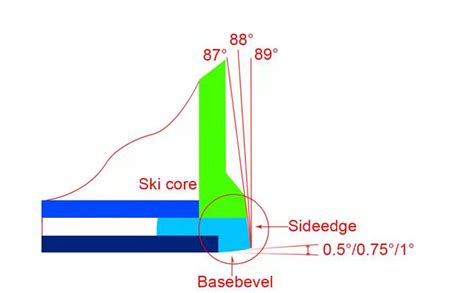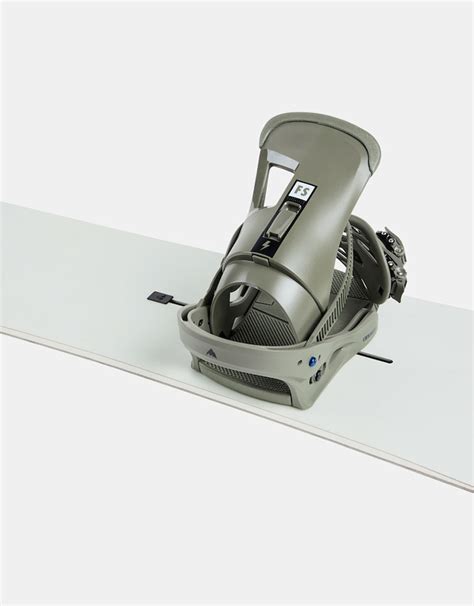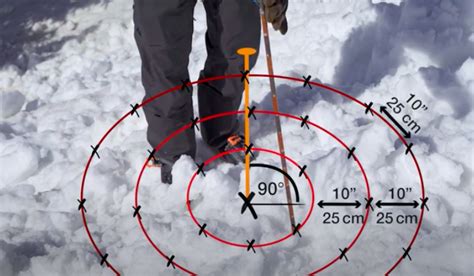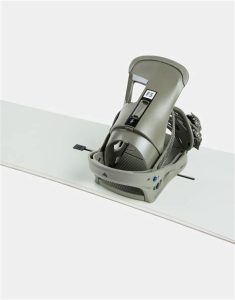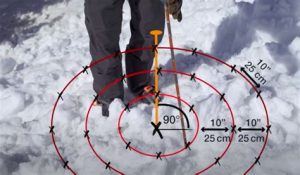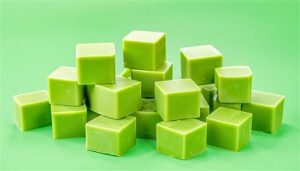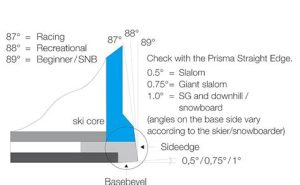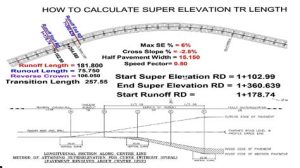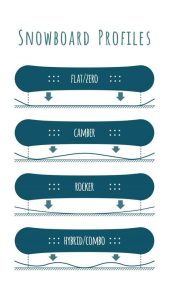Competition Board Tuning FIS-Regulated Edge Bevel Specifications
In the world of competitive skiing, the smallest detail can make a significant difference in performance. One such detail is the edge bevel specifications, which are governed by the Fédération Internationale de Ski (FIS). This article delves into the importance of competition board tuning and the specific edge bevel specifications that athletes must adhere to in FIS-regulated competitions.
The Edge Bevel: A Key Component of Ski Tuning

The edge bevel is a crucial aspect of ski tuning, as it affects the way a ski interacts with the snow. By adjusting the angle of the ski edges, athletes can optimize their performance in various conditions. The bevel angle determines how the ski edges bite into the snow, influencing the turn radius, edge hold, and overall stability.
In FIS-regulated competitions, athletes must adhere to specific edge bevel specifications to ensure fair play and consistency across all events. These specifications are designed to promote a level playing field while allowing athletes to showcase their skills.
FIS-Regulated Edge Bevel Specifications
The FIS has established the following edge bevel specifications for competition boards:
1. Standard Edge Bevel Angle: The standard edge bevel angle for most competition skis is 1.0 degrees. This angle is suitable for a wide range of conditions and provides a good balance between edge hold and turn radius.
2. Maximum Edge Bevel Angle: The maximum edge bevel angle allowed in FIS-regulated competitions is 1.5 degrees. This angle is suitable for skiers who require enhanced edge hold in icy conditions or for those who prefer a steeper turn radius.
3. Minimum Edge Bevel Angle: The minimum edge bevel angle is 0.5 degrees. This angle is ideal for skiers who prefer a looser turn radius and a more forgiving edge hold in soft snow conditions.
4. Bevel Consistency: It is essential that the edge bevel is consistent along the entire length of the ski. Any inconsistencies can lead to unpredictable performance and a competitive disadvantage.
The Importance of Proper Tuning
Proper tuning of the edge bevel is crucial for optimal performance in FIS-regulated competitions. A well-tuned ski will provide the following benefits:
1. Enhanced Edge Hold: A properly beveled edge will bite into the snow more effectively, providing better grip and stability during turns.
2. Improved Turn Radius: By adjusting the edge bevel angle, athletes can optimize their turn radius to suit the terrain and conditions.
3. Increased Stability: Consistent edge bevels along the ski’s length contribute to overall stability, reducing the risk of edge catches and improving performance.
4. Reduced Fatigue: A well-tuned ski can help athletes maintain their form and technique for longer periods, reducing fatigue and improving overall performance.
Conclusion
Competition board tuning, particularly the edge bevel specifications, plays a vital role in the performance of athletes in FIS-regulated competitions. By adhering to the FIS’s edge bevel specifications, athletes can ensure fair play and consistency across all events. Proper tuning of the edge bevel can provide significant benefits, including enhanced edge hold, improved turn radius, increased stability, and reduced fatigue. As such, it is essential for athletes to pay close attention to their ski tuning and adhere to the FIS’s regulations to maximize their performance on the slopes.
